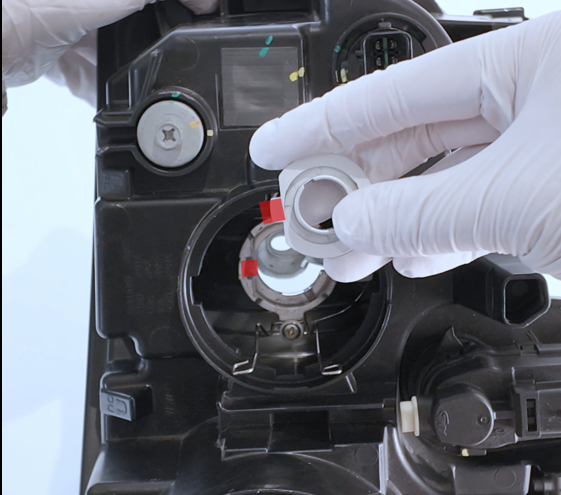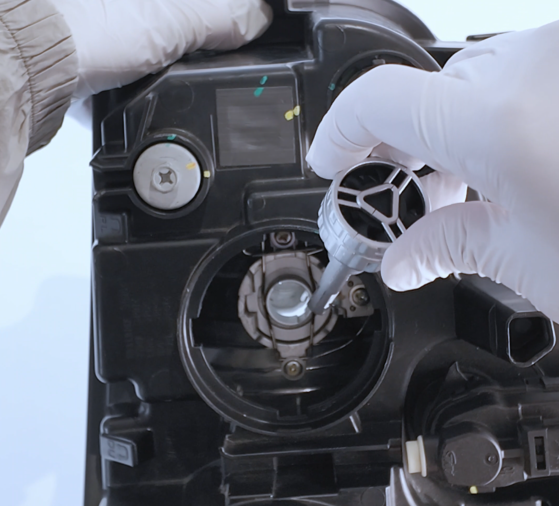Can Any Car Model Be Equipped with LED Headlights? A Complete Guide to Purchasing and Installing
19 August 2025
by CONPEX
Reading volume: 894
With the rapid advancement of automotive lighting technology, car LED headlights are gradually replacing traditional halogen and xenon lamps, becoming the preferred choice for more and more drivers. Their high brightness, low energy consumption, and long lifespan make nighttime driving significantly safer and more comfortable.
However, many car owners often wonder: Can any car model be equipped with LED headlights? This guide from CONPEX provides a detailed analysis of vehicle compatibility, along with a practical purchasing and LED headlight installation tutorial.
Why Choose LED Headlights?
Before discussing whether every vehicle can be equipped with LED headlights, let’s review their main advantages:
High-Brightness Illumination – 5–10 times brighter than halogen lamps, with a longer beam range for safer night driving.
Energy-Saving Performance – Consumes less power, reducing the strain on the car battery.
Extended Lifespan – Typically lasts 30,000–50,000 hours, much longer than halogen bulbs.
Instant-On Lighting – No warm-up time; lights activate immediately.
Modern, Stylish Appearance – Complements contemporary car designs and enhances vehicle aesthetics.
Can Any Car Model Be Installed with LED Headlights?
The short answer: Not all vehicles can be directly equipped with LED headlights. Compatibility depends on several factors:
Lamp Socket Model
Common models include H1, H4, H7, 9005, and 9006. The new LED car headlights must match the original socket; otherwise, they won’t fit properly.
Space in the Headlight Housing
LED bulbs usually include cooling fans or aluminum heat sinks. If the headlight assembly is too compact, installation may be difficult.
Vehicle Voltage and Circuit Compatibility
Some older cars with simpler circuits may cause LED headlights to flicker or show dashboard errors. In such cases, a decoder is required.
Legal Regulations and Inspections
Certain regions have restrictions on retrofitting automotive LED headlights. Always check local laws and inspection requirements before upgrading.
How to Choose the Right LED Headlights for Your Car
When purchasing, keep these tips in mind:
Confirm your lamp socket type (e.g., H1, H3, H7, H11, 9005, 9006, 9012, H4).
Select an appropriate brightness and color temperature (5500K–6500K white light is recommended).
Ensure a reliable cooling system (such as copper tubes, hydraulic fans, or aircraft-grade aluminum).
Look for built-in decoding to avoid flickering or error codes.
Choose reputable brands like CONPEX, which provide international certifications and quality assurance.
Car LED Headlight Installation Tutorial (Step-by-Step)
Many drivers ask: How do I install car LED headlights? While the process is straightforward, safety precautions are essential.
Tools Needed: screwdriver, gloves, new LED headlights

Steps:
Disconnect Power – Turn off the ignition for safety.
Remove Old Bulb – Open the headlight cover and twist out the halogen bulb.
Install LED Bulb – Align the clips correctly and secure the bulb.
Connect the Driver – Make sure the power connector is firmly attached.
Test the Headlights – Turn them on and adjust the beam height and angle.
Seal the Housing – Close tightly to prevent dust and water entry.


Conclusion
Not all vehicles can be directly upgraded with LED car headlights. Compatibility depends on factors like socket type, available space, electrical design, and local regulations.
If you plan to retrofit your car, always choose a reputable brand and follow proper installation methods. High-quality LED headlights not only improve visibility and driving comfort but also significantly enhance road safety at night.
For more professional guidance, feel free to contact CONPEX — we are here to provide expert support for all your LED headlight solutions.






